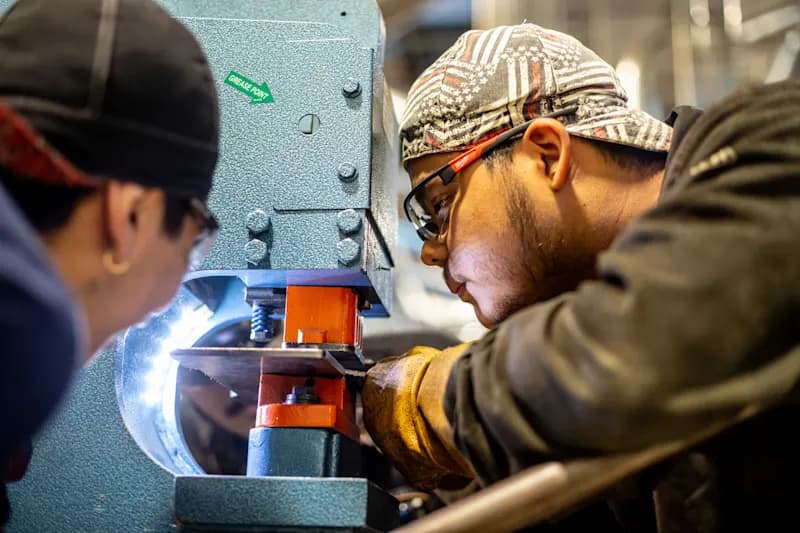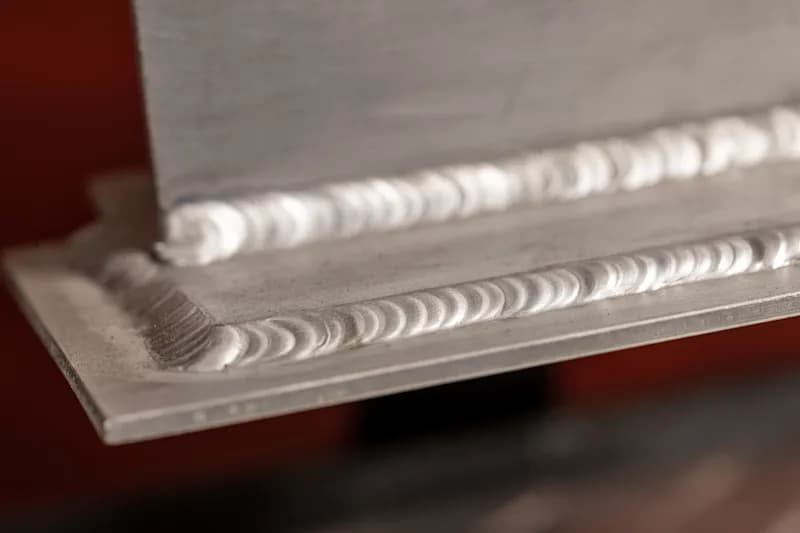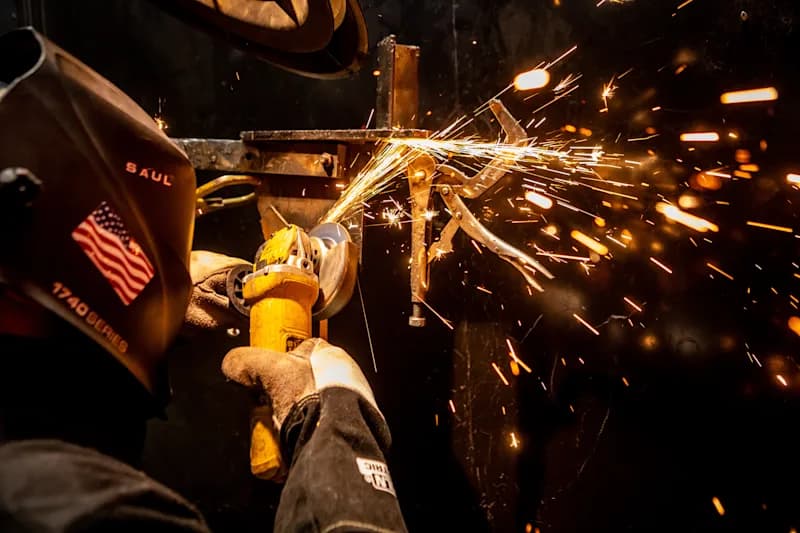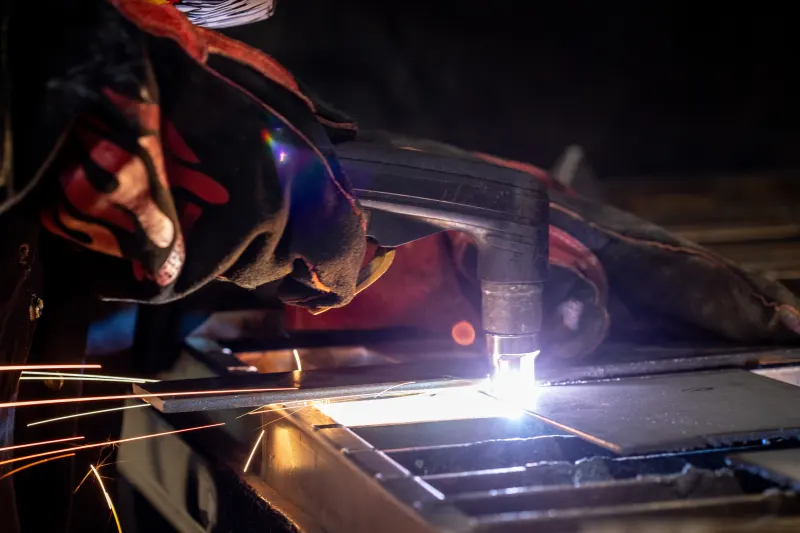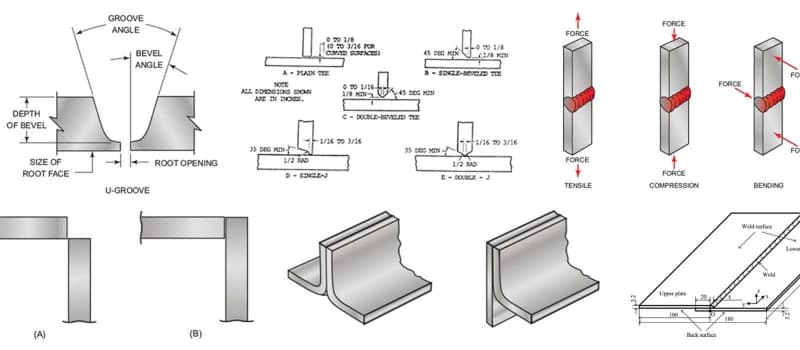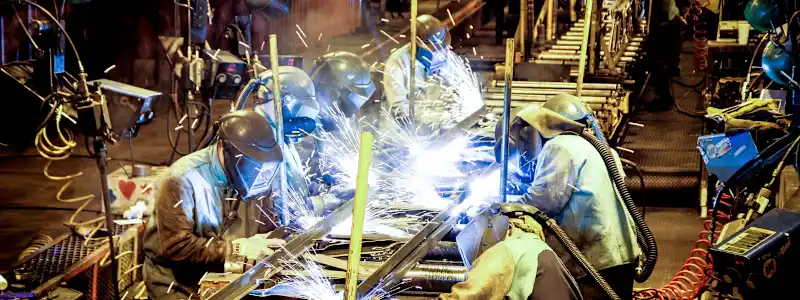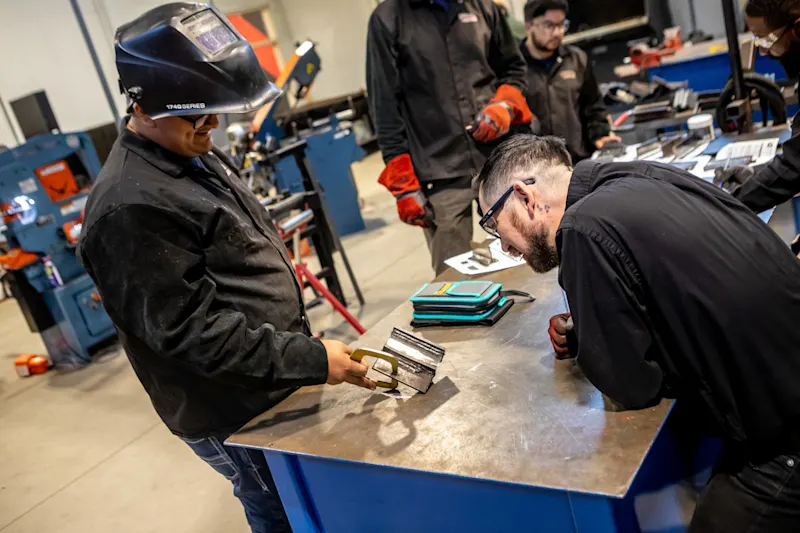The Definitive Guide to Welding Education: Trade School vs. Apprenticeship Explained
Compare welding trade school and apprenticeship paths by curriculum, costs, program length, certification options and career outcomes for welders.
7 Essential Steps for High School Graduates To Earn Welding Certification
Learn the step-by-step process for high school graduates to earn welding certification, including training, certification exams and career guidance.
2026 Guide to Financing Welding Trade School Responsibly
Learn how to pay for welding trade school through step-by-step use of grants, scholarships, employer programs and practical budgeting to avoid debt.
Basics of Welding Metallurgy: A Beginner’s Guide
Master the basics of welding metallurgy, including key terms, metal microstructures, common alloys, weld defects, and technique effects on metal.
Welding PPE: 10 Essential Items Every Welder Needs
Discover 10 essential welding personal protection equipment (PPE) items every welder needs for workplace safety.
16 Common Types of Welding Defects
Learn to identify 16 common welding defects, including porosity, cracks, undercut and spatter. Understand what causes each defect in welding work.
What Are the Main Welding Positions?
Learn about the 4 main welding positions and how they impact skill, safety and certification success.
Welding Math: What You Need To Know
Learn why math matters in welding, what skills are used and how to prepare for success in your welding career.
Welding Certifications Explained: What’s Needed and When
Discover 10 types of welder certifications and how they can help you pursue a long and successful career in this ever-changing industry!
6 Common Welding Mistakes Every Welding Student Should Avoid
Discover the six most common welding mistakes made by new welders and what you can do to avoid them all!




